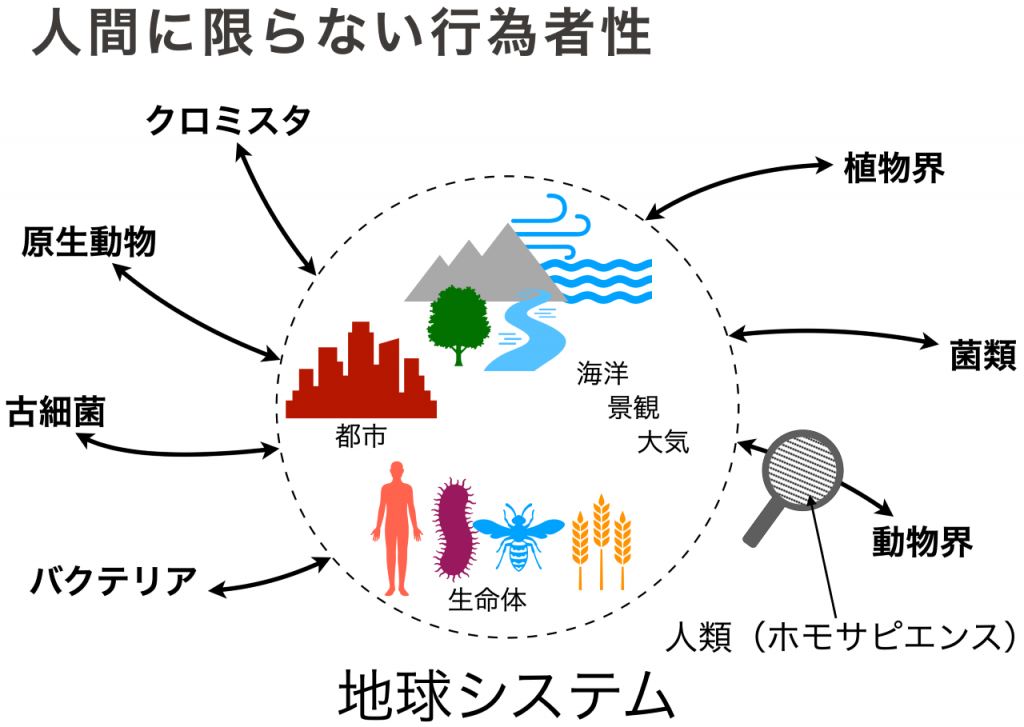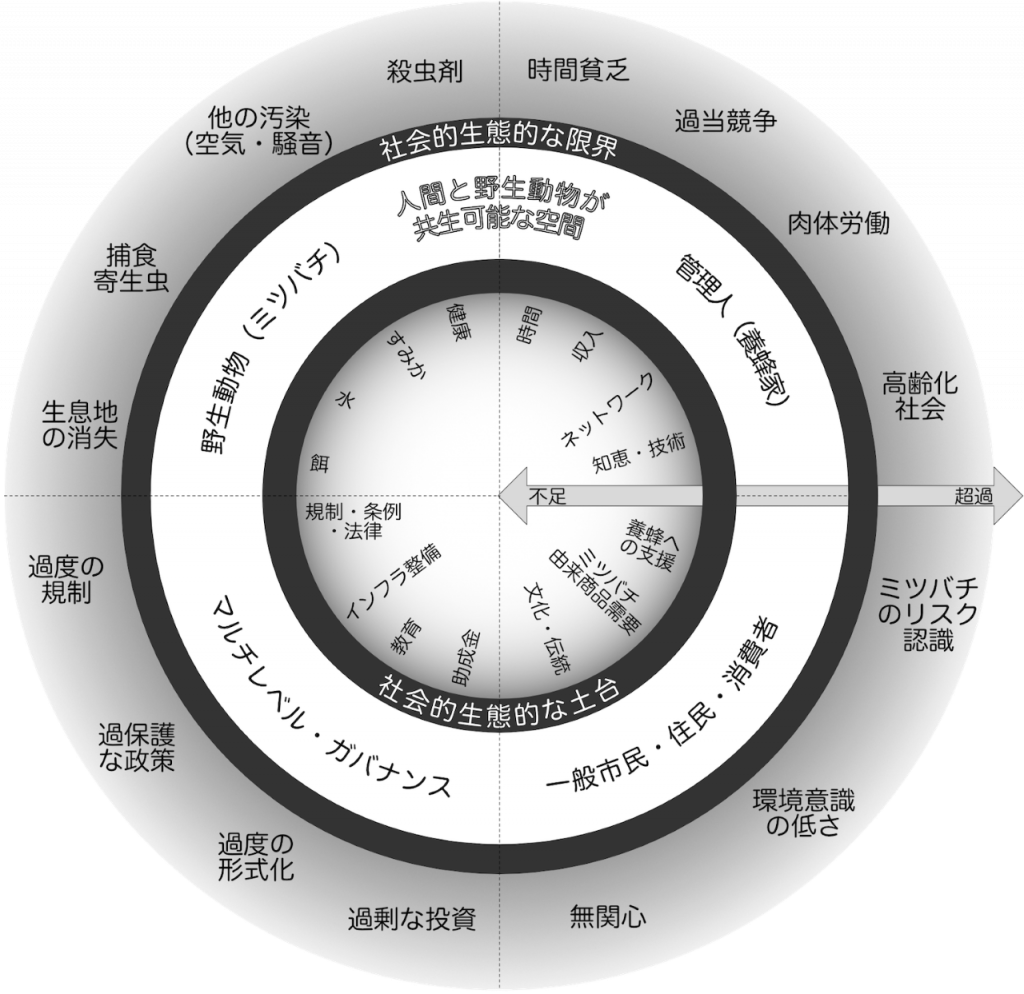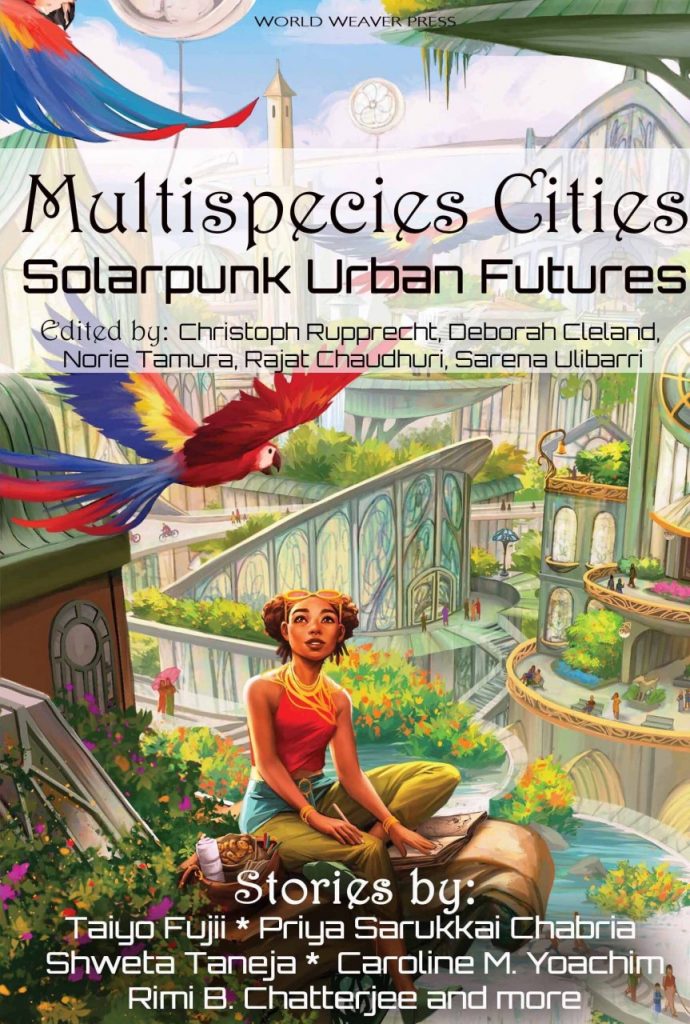How can we co-create a future in which many kinds of people can coexist and co-prosper?
※The content is current at the time of writing.
Rethinking “Sustainability” from the Perspective of “Multi-Species” Concept
Research Overview

Human well-being is totally dependent on the environment and other living beings. However, this fact is not reflected in our values, society, culture, or laws. From climate change and the extinction crisis of living organisms to the footprint of human society that has continued to conduct nuclear tests and burn fossil fuels that are documented in sediments. Now that we are in the “Anthropocene” (the era in which humans began to have a significant impact on the Earth’s ecosystems and climate, the geological era following the Holocene, which is the present), it is time to reconsider that simple fact. In order to realize a future in which many species can coexist in harmony, we need a theory to better understand the bond between humans and other living things.
In sustainability science, the condition for sustainability is “meeting the needs of current generations without compromising the needs of future generations. The term and concept of “sustainability” has rapidly penetrated our society, and the SDGs (Sustainable Development Goals) adopted at the United Nations General Assembly in 2015 have become a challenge not only for national and local governments, but also for companies. Many companies are now appealing to society about their efforts in line with the SDGs. However, “sustainability” to date has only been a concept based on parochial resource utilitarianism for humanity. We have yet to make significant progress on global environmental issues such as climate change, biodiversity loss, and microplastic pollution. Perhaps one reason for this is that we conceptualize nature as a resource to be exploited and do not take into account the interdependence of the needs of diverse actors in an ecosystem. Against this backdrop, the theory of multispecies sustainability aims to understand the conditions for the sustainable coexistence and co-prosperity of all living things by broadening its perspective to include species other than humans.
Research Features
Everything from the world we live in to our bodies is made up of diverse organisms. Multispecies is an interdisciplinary concept that has been gaining attention in many fields in recent years, considering the connections and symbioses among multiple species, not only plants and animals, but also the microbiome (microflora, the totality of microorganisms that live together in the human body). The current study is unique in that it further combines multi-species ethnohistory research, indigenous studies, and cybernetics insights to introduce a coexistence and co-prosperity concept with non-human organisms that has been passed down to indigenous peoples.
Research Attraction
What is it like to live and learn in a city or university campus where all living things can create and coexist together? If gut bacteria have such a profound impact on our physical and mental health, what should we think of humans or “me”? What are the needs and well-being of other living things? It may seem as if the era in which scientific discoveries have shaken up our worldview is over, but in fact, it has just begun.
And if we cannot imagine a bright future, it is, of course, impossible to realize. When solving environmental problems is difficult within the framework of capitalism and other systems of modern society, a challenging and fresh idea of a future in which multiple species can coexist and co-prosper is born. By collaborating with creators of art, fiction, and games, we can also explore new ways for people to interact with nature, which is rapidly changing.
There is an abundance of opportunities for surprises, and thanks to the multi-speech sustainability concept, new doors can be opened.
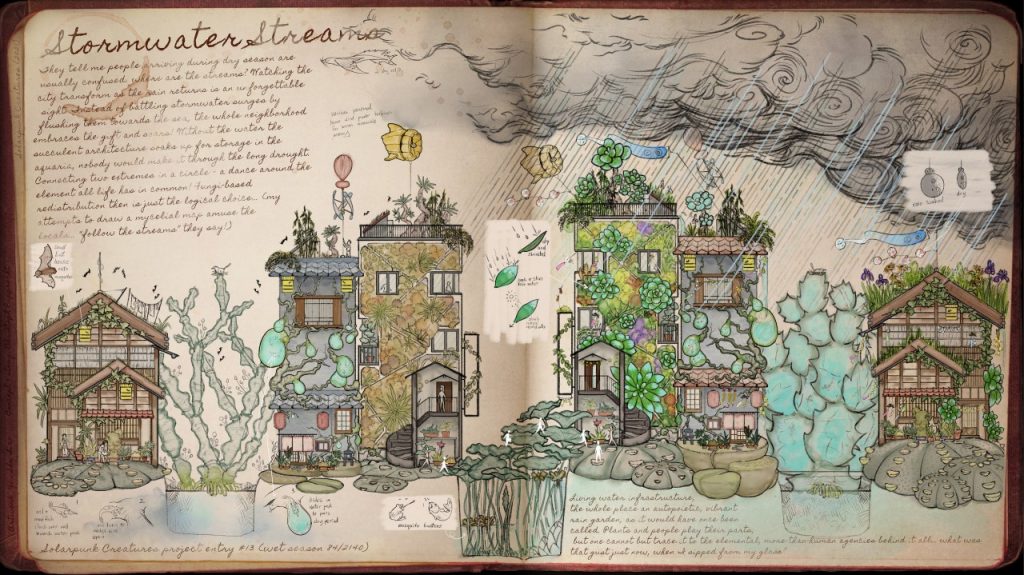
Future Outlook
A new perspective on multispecies sustainability can lead to new discoveries in numerous fields: in a paper for the journal Nature Sustainability, we examined what is needed for a sustainable food and agriculture system in the post-growth era. As part of the study, we compared the principles of metabolism (how matter and organisms interact through food and agriculture) between the current prioritization of economic growth and the post-growth period, which does not depend on economic growth. By understanding the importance of what leads to multiple types of needs and well-being through the multispecies sustainability theory, we were able to identify the principles of post-growth metabolism. In the future, we will focus on areas where a shift is likely to occur using the multispecies approach, such as environmental design, urban planning and landscape, eco-health, and environmental ethics, in order to realize a future where many species can coexist and prosper together.
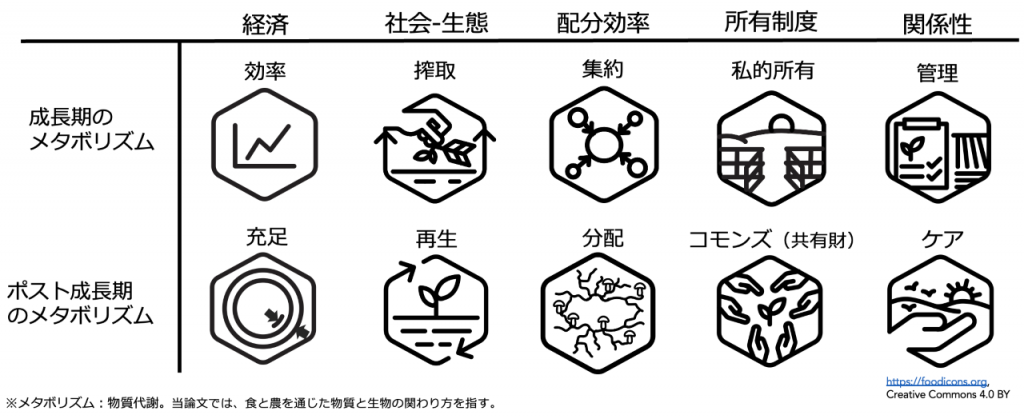
Message to those who are interested in this research
It is true that if you cannot imagine it, you cannot realize it, but as Goethe said, even the smallest dream has no power to move people’s hearts. With more and more young people feeling deep anxiety about the future, now is the time to think together about how we can co-create a future where people and nature can coexist and prosper together in a sustainable manner, without being bound by the “common sense” that has brought about the various environmental and social problems of our time!


